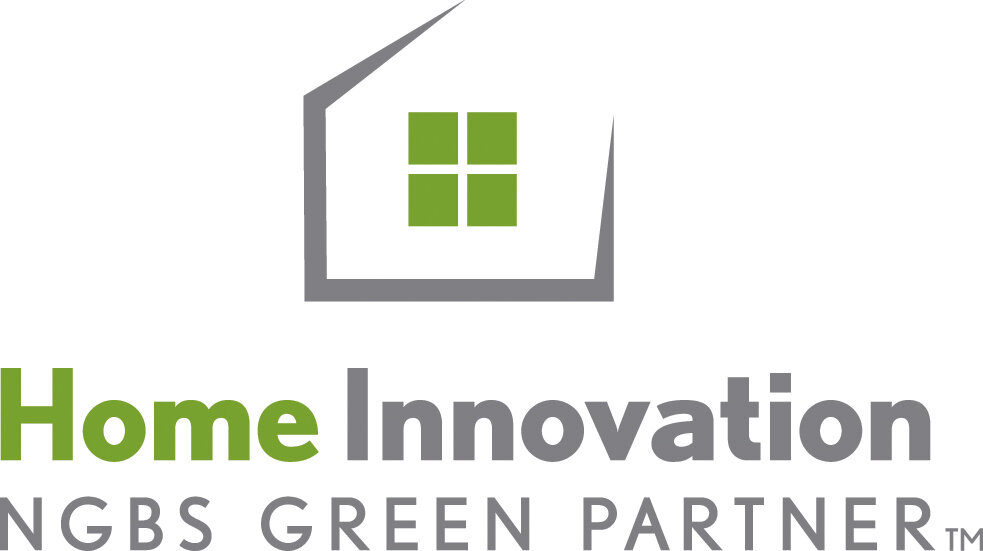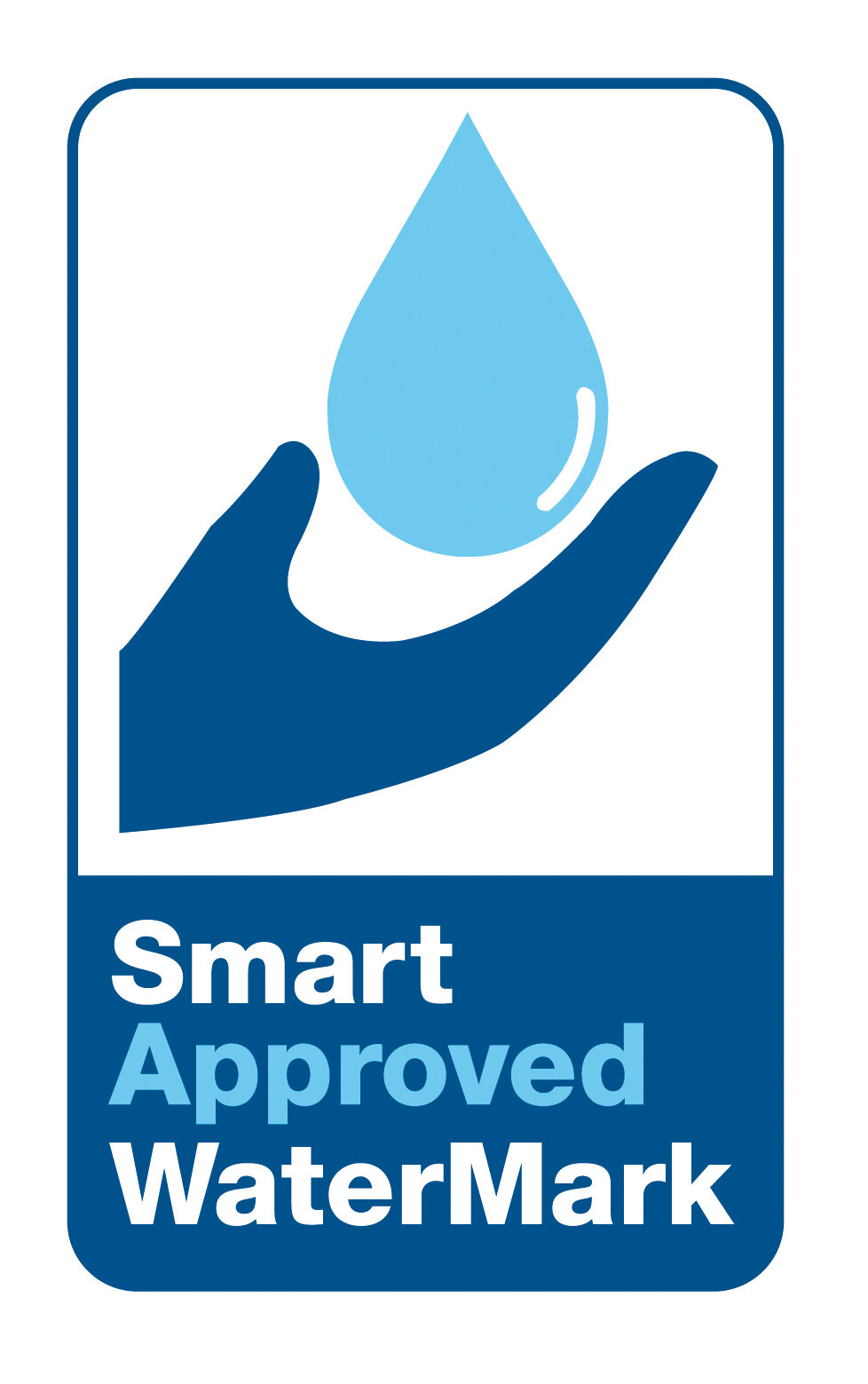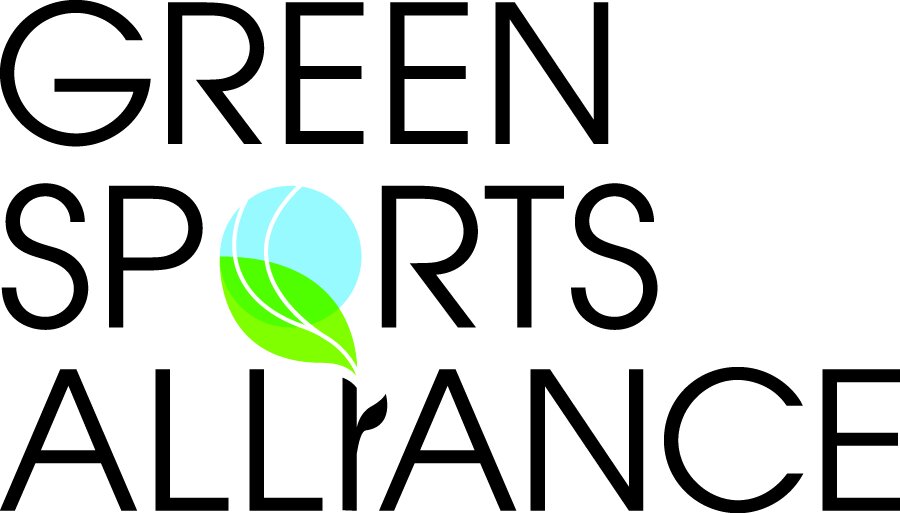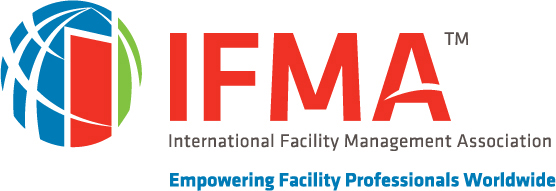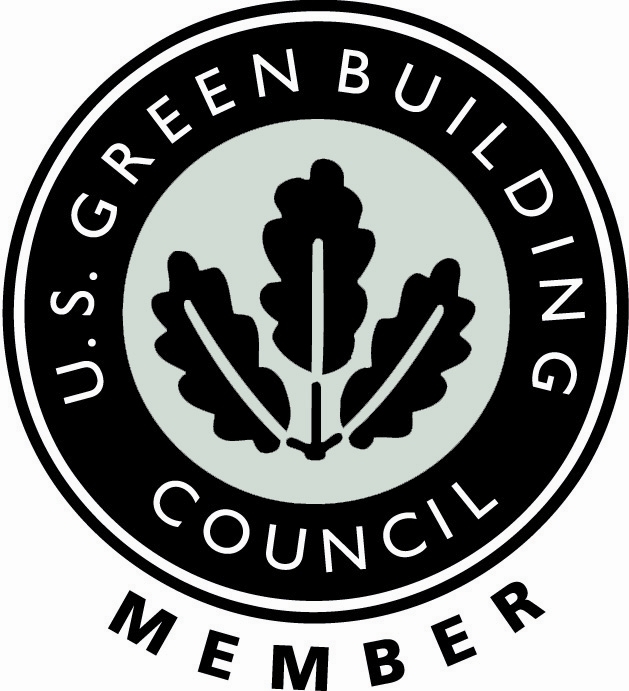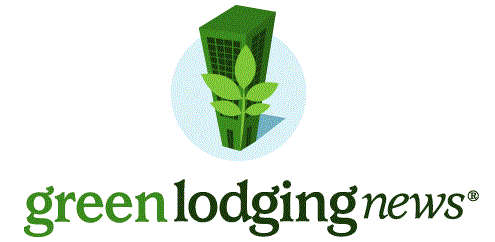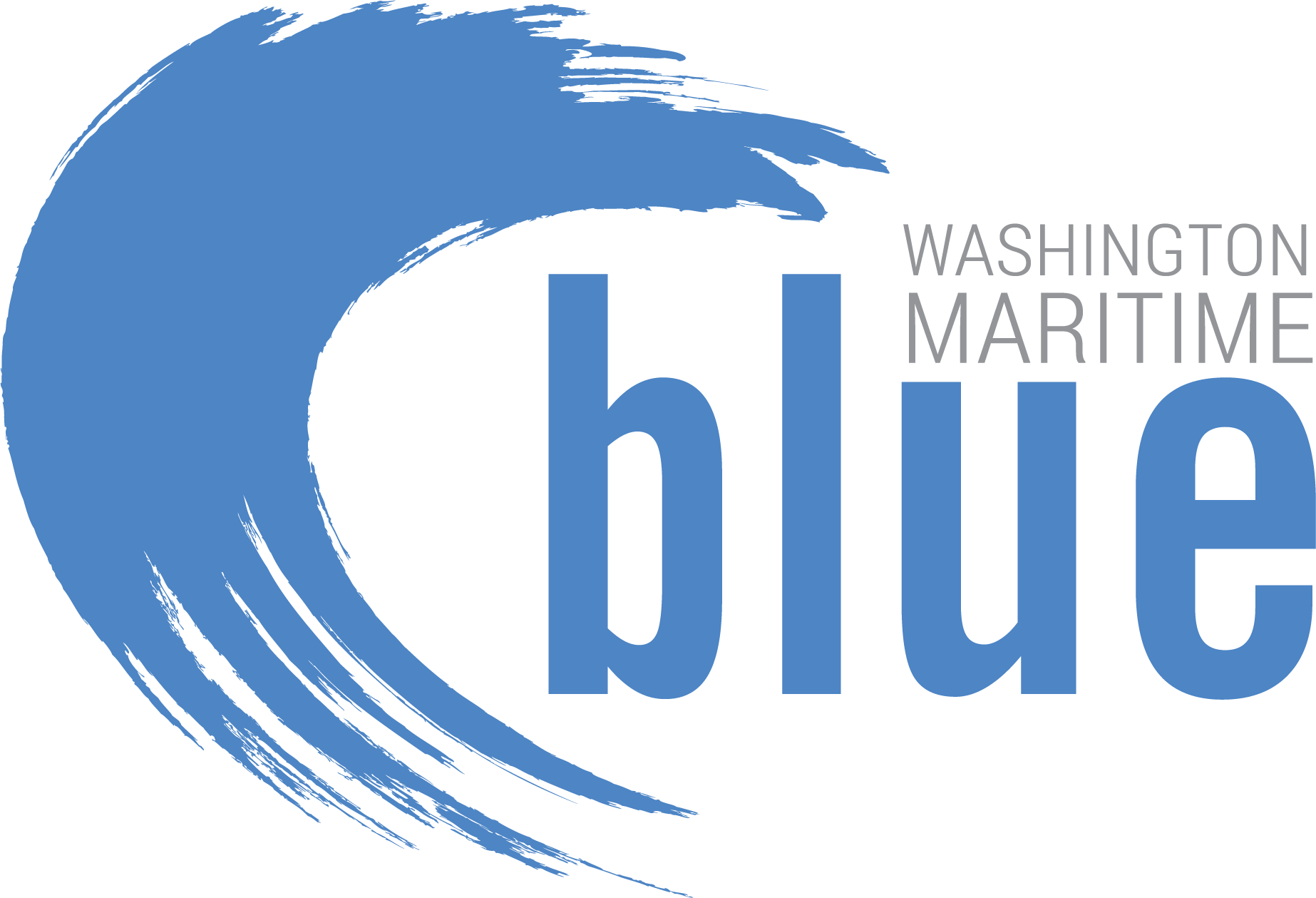Some studies suggest that restaurants use as much as 25,000 gallons of water per day. If the restaurant is part of a hotel property, you can assume the number of gallons of water consumed daily is far beyond this amount.
So, how do we start bringing these numbers down?
While there are many places to start, focusing on the restaurant or the food service kitchen in a hotel property can produce some of the most dramatic results. The consensus of experts is that huge volumes of potable (drinkable) water are merely wasted in most restaurant and commercial food service kitchens. However, by just making even modest changes, that water waste can be reduced by 25 percent or more. And, just so we do not forget, a reduction in water consumption usually translates into cost savings—saving water means saving money as well. *
Start With the Easy Stuff
Here are some areas of focus and effortless ways to start reducing water, and the best part is the costs are minimal, if not free in some instances:
• Does your kitchen use running water to melt ice? Instead, leave ice out earlier and allow it to melt on its own.
• Are you pre-soaking utensils and dishes in water? Simply placing utensils and dishes in a basin of water helps reduce water consumption along with using pre-rinse spray nozzles.
• Don’t allow water to flow unnecessarily anywhere in the kitchen. Automatic shut-off faucets should be installed to help reduce consumption.
• Make sure kitchen staff is “water reduction-focused.” Not only are significant savings possible through this awareness, but the kitchen staff often produces some of the best ideas to reduce consumption.
• Teach kitchen staff how to replace a washer when there is a leak. In most cases, it’s quick and straightforward. Keep a washer kit and tools on hand.
• Do not serve patrons water unless asked. Remember, it’s not just the glass of water that is the issue; it takes about two glasses of water to clean that one glass of water served.
Water-Saving Strategy Investments
While some of the following items require a monetary investment, they certainly will pay off when it comes to reducing water consumption. For instance, installing foot controls for frequently used faucets makes it much easier to turn off the water. The faucets should also have aerators, which can reduce water consumption tremendously.
However, as we know in a restaurant kitchen, there are times when we want faucets to run at full force, such as when filling pots or rinsing vegetables. Fingertip controls are available that can adjust the amount of water being released accordingly, based on the need.
Moreover, many kitchen floors are cleaned using spray devices. If this is how your kitchen is being cleaned, make sure to install automatic shutoff controls to help reduce water consumption. And, restaurant owners and managers should consider floor cleaning methods that do not use spray equipment. Depending on its diameter, a spray hose can use anywhere from twenty-four gallons of water per minute to more than forty gallons of water per minute.
The best option is to switch to automatic scrubbers. These systems apply cleaning solution, agitate floor, and vacuum-up soil, grease and oil, and moisture all in one pass. This makes them a very quick and efficient way to clean floors.
Big Bucks, Big Bang
Most of the water-using equipment found in commercial kitchens use quite a bit of water. However, manufacturers have taken several steps in the past 10 years to reduce this consumption.
Newer dishwashers, for instance, use significantly less water. But, if a new water-saving dishwasher is not in the cards right now, some studies indicate that by just going from two-thirds full loads to full loads, can save a restaurant about 100,000 gallons of water per year.
If using boiler-type steamers, be aware that newer models are available that have no water or discharge sewer lines. With these units, steam is generated in a reservoir at the bottom of the cooking compartment, and water is added and drained manually. Condensed steam returns to the reservoir and does not drain outside. This again presents a possible annual savings of thousands of gallons of water.
One more piece of equipment to look at is the ice machine. A “once-through” water-cooled icemaker uses about 1,320 gallons of water per day, or over 46,000 gallons per year. Replacing these units with air-cooled units can result in dramatic water savings per year.
And lest we forget, because there is a cost saving attached to reducing water consumption, the return on these investments can be anywhere from one to just a few years.
Water Savings Beyond the Kitchen
There are two other areas restaurant owners and managers should look at to conserve water. The first is outside. Natural vegetation—plants will always require less water than vegetation that is more common in areas that receive more rainfall. Consider installing what is referred to as “sustainable” landscaping, which invariably consumes less water.
The other area to focus water-saving efforts on is in the restroom. We know already that aerators should be installed in sink faucets. As to the toilets, a dual-flush toilet—light flush for liquids and heavier flush for solids—is one of the best options for restaurant owners/managers to consider. These systems use about 1.6 gallons of water per flush, less than what is currently the regulated standard.
Also, consider waterless urinals for men’s rooms. Waterless urinals can save a significant amount of water and provide better hygiene. Depending on the type of no-water urinal selected, they can have a relatively quick return on the investment. However, owners/managers are urged to do their due diligence. Some systems cost little to maintain, while some water-free urinals can actually be quite costly to maintain over time.
A final thought is to start monitoring water consumption. Many of us, including many businesses, simply pay the water bill when it comes. Especially in the restaurant business, which is no longer an option. Check how much water is being used each month and track it. Look for usage spikes; this could mean leaks have developed. And note what you are paying each month for water.
If you incorporate some of the steps noted in this article, likely you will see your water usage and water costs come down. As much as we want to reduce water consumption, when we see the cost savings, it often spurs us on to find more ways to become water efficient.
Klaus Reichardt is a frequent speaker and author on water conservation issues. Reichardt is also founder and CEO of Waterless Co. Inc., based in Vista, Calif. Reichardt founded the company in 1991 with the goal to establish a new market segment in the plumbing fixture industry with water efficiency in mind. Along with the Waterless No-Flush urinal, which works completely without water, the company manufactures other restroom and plumbing related products.
*The cost savings or amount of savings can depend on how consumers and businesses are charged for water.













